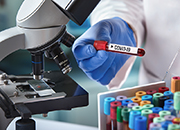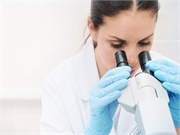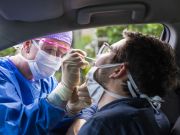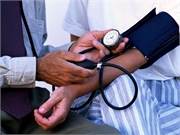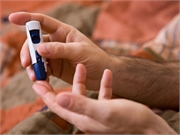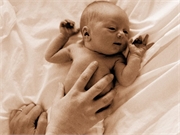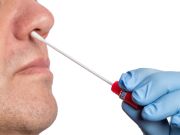Tag: Screening
Evidence Poor for Accuracy of Serological Tests for COVID-19
Evidence for diagnostic accuracy of serological tests characterized by high risks of bias, heterogeneity
Artificial Intelligence Provides Benefit for Cervical Cancer Screening
Automated dual-stained slide evaluation reduces number of colposcopies versus current standards
Model May Help Predict Risk for Testing Positive for COVID-19
Risk reduced with pneumococcal polysaccharide, flu vaccine; melatonin, paroxetine, or carvedilol use
CDC: HIV Testing Occurs at <1 Percent of Physician Visits
Tests performed at 2.65 percent of community health clinic visits, 0.55 percent of ED visits
USPSTF Advises Hypertension Screening for All Adults
Blood pressure should be measured outside clinical setting to confirm diagnosis before treatment
2019 Screening Guidelines Would Label More as T2DM Cases
Benefit would be limited because ID'd cases would have HbA1c levels below pharmacotherapy targets
Changes Proposed for Newborn Congenital Heart Disease Screen
Oxygen saturation of at least 95 percent in both upper, lower extremities required to pass
Self-Collected Nasal Swabs Acceptable for SARS-CoV-2 Testing
Diagnostic equivalence seen across patient-collected nasal swabs, doctor-collected nasal, oropharyngeal swabs
USPSTF Urges Primary Care Docs to Ask Adults About Drug Use
Evidence inadequate to assess benefits and harms of screening for unhealthy drug use in teens
Preoperative COVID-19 Incidence <1 Percent in Pediatric Patients
Incidence of COVID-19 among children ranged from 0.22 to 2.65 percent at three U.S. children's hospitals


